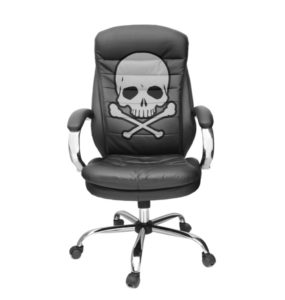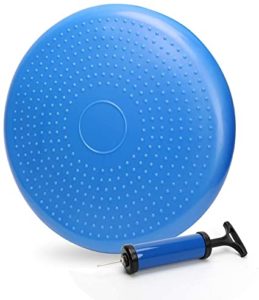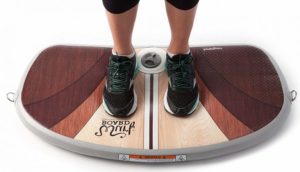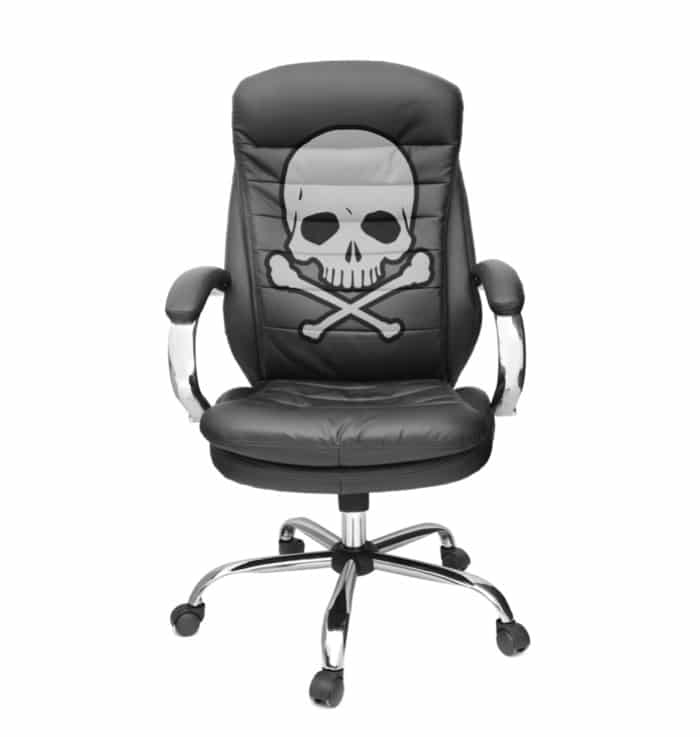
You may want to stand up for this.
- The average person is sedentary 9.3 hours per day
- Sitting 6+ hours per day makes you up to 40% more likely to die within 15 years than someone who sits less than 3. Even if you exercise.
- People who sit to watch TV for 3 or more hours per day are 64% more likely to die from heart disease
- Each extra hour of watching TV = 11% higher death risk
- 90% more pressure is applied to your lower back when you sit versus when you stand.
- Researchers found that women who have more than 6 hours of sitting time have a 37% risk of death in comparison to those who sit for less than three hours.
- 20% of all deaths of people 35 and older are attributed to a lack of physical activity.
- Sedentary lifestyles are responsible for an estimated $24 billion in direct medical spending
- The risk of anxiety and depression is significantly higher in those who sit more.
It’s obvious, your seat is out to kill you. The more time you spend sitting, the higher your risk of early death. Sitting isn’t something that we think of that is hard on our bodies, but it’s true. We weren’t designed to be sedentary. We were designed to move. The bad news is that our society has moved to a seated position. It seems that everything we do from work, travel, recreation, and even how we consume information is done in a seat.
As soon as you sit, the electrical activities in your legs muscles shut off. Calorie burning drops to one per minute, and the enzymes that break down fat drop to 90%. After 2 hours of sitting your good cholesterol drops 20%. Muscle atrophy and weakening of your leg and glute muscles. Hip flexors and Hamstring muscles begin to shorten and conform which puts pressure on the lower back.
So What can we do? Exercise alone isn’t going to solve the problem. Research shows that exercising an hour a day doesn’t make up for sitting ten. The negative news is that society isn’t going to automatically create a culture of standing vs. sitting. The positive news: People who sat for less than 30 minutes at a time had the lowest risk of early death. So, with this information, we can start to create some guidelines on how to “Survive Your Seat.”
- Get up every 30 minutes
- Set your alarm and Get UP! Research from Columbia University Medical School published research in the Annals of Internal Medicine and it shows that adults who kept bouts of sitting to under 30 minutes were at the lowest risk of death from all causes.
- Use a “Wobble Cushion”
- Wobble cushion helps to improve balance while at the same time activating the core muscles. Wobble cushion exercises also help to supply motion to the discs in the spine and allows them to stay hydrated and healthy.

- Utilize a standing desk
- The bad thing about a standing desk is people still are not moving. People find themselves leaning to one side and putting pressure on their lower back and hips, or they find themselves leaning forward and rounding their midback and shoulders. The good news is that we can help remedy this with one simple thing. We need to be moving as much as possible when we sit or stand. Sitting we use a “Wobble Cushion” intermittently, and while we stand we can use something very similar. The best product will supple motion to improve balance, posture, and core muscles. It is similar to the Wobble Cushion but for standing. It is called a Wurf Board. wurf.com

Let’s not take this information sitting down. It’s like the public service announcement campaign, “The More You Know.” Well, now you know. You should also know that your health is your responsibility. So, now is the time for you to STAND UP for your health!
References:
- http://www.cancer.org/myacs/illinois/do-not-just-sit-there
- http://www.nature.com/bjc/journal/v103/n7/full/6605902a.html
- http://www.cdc.gov/pcd/issues/2012/11_0323.htm?s_cid=pcd9e154_x
- https://www.ncbi.nlm.nih.gov/pubmed/20065160
- http://health.usnews.com/health-news/health-wellness/articles/2015/02/17/4-ways-your-standing-desk-is-doing-more-harm-than-good
- http://bjsm.bmj.com/content/43/2/81.full
- http://www.bls.gov/tus/charts/
- http://www.businessweek.com/magazine/content/10_19/b4177071221162.htm
- https://www.health.harvard.edu/blog/much-sitting-linked-heart-disease-diabetes-premature-death-201501227618
- https://www.healthline.com/health/workplace-health/things-that-happen-when-you-sit-down-all-day#1
- http://blogs.bmj.com/bjsm/2015/01/21/sitting-ducks-sedentary-behaviour-and-its-health-risks-part-one-of-a-two-part-series/
- https://annals.org/aim/article-abstract/2653704/patterns-sedentary-behavior-mortality-u-s-middle-aged-older-adults


